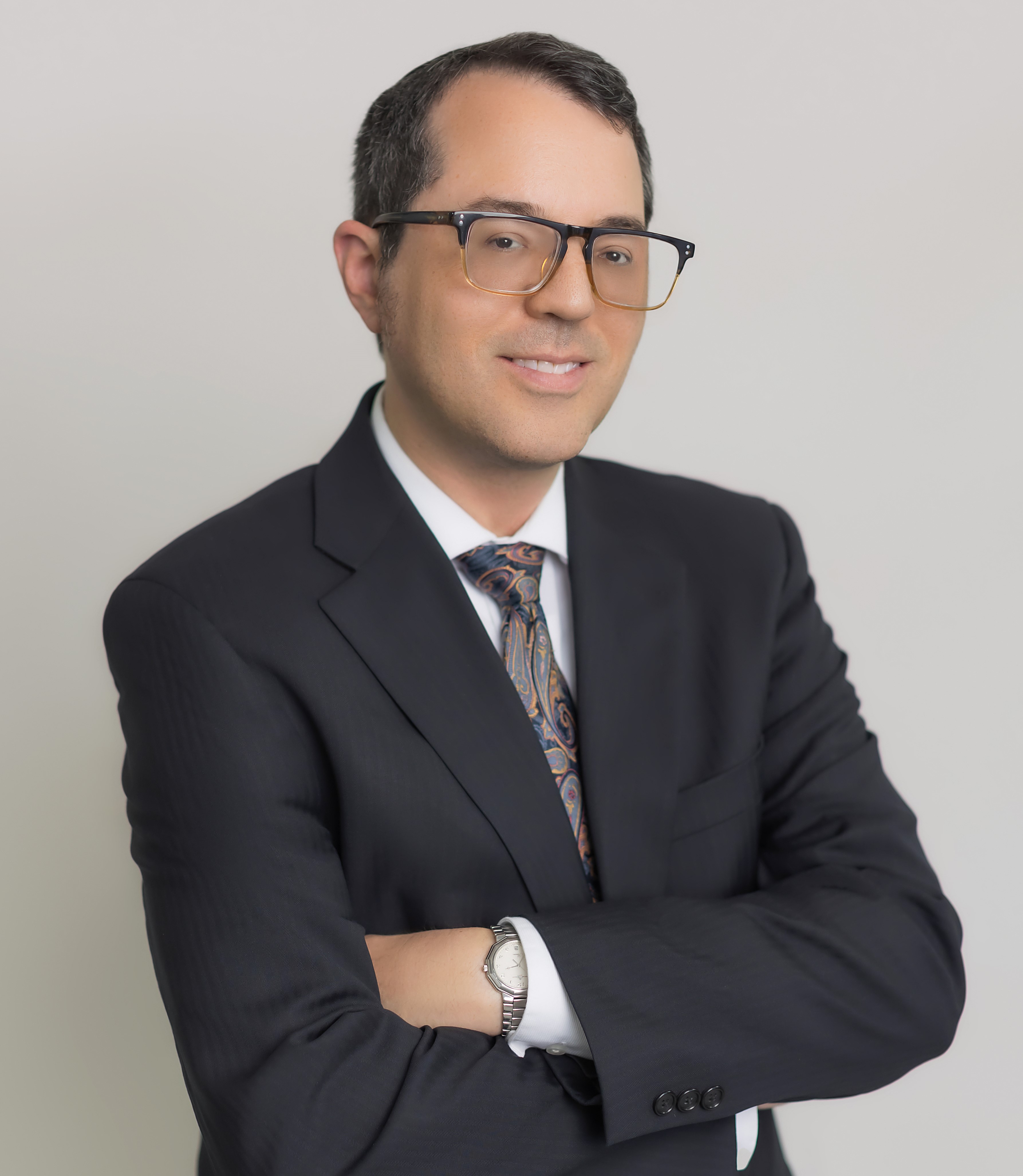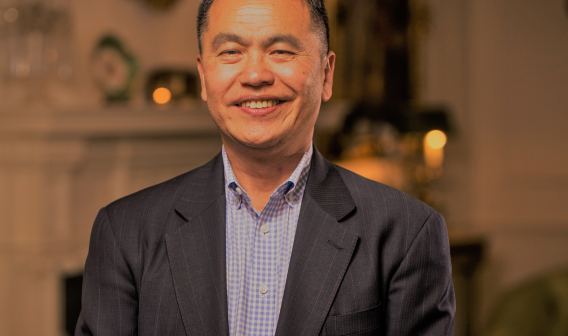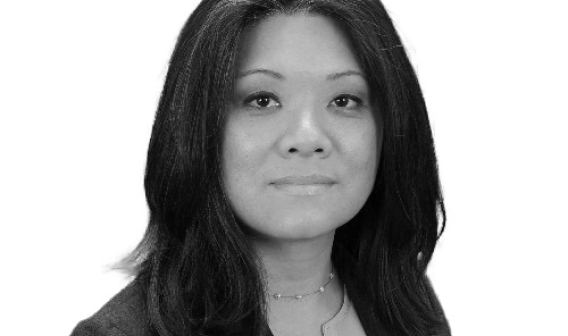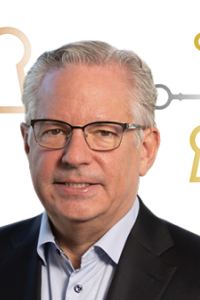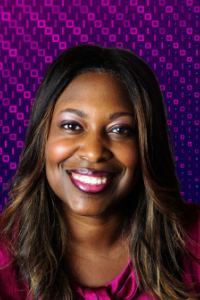Ihrie: How do you bring some of those phenomena in to start to think about computing a problem of interest?
Weinstein: We, as in humanity, have never been able to harness these phenomena for our use. That’s what we’re trying to do. But assuming we can harness them for the betterment of humanity, we could start talking about these technologies like quantum computing. And if we had a quantum computer, that enables us to exploit that massive parallelism inherent in quantum superposition. Certain problems could be done more efficiently than can be done currently on conventional computers.
The first application of that, which was discovered in 1994 by a mathematician named Peter Shor, was the fact that a quantum computer, if it ever reached sufficient maturity, could break RSA cryptography. That means it could break current encryption codes. In general, you can send your credit card number over the internet without anybody stealing it because you can encrypt that number in a code that can’t be broken easily by conventional computers. But that very encryption protocol you use can be broken efficiently by a quantum computer.
In the final truth, as far as we as humanity know, the real world is actually based on quantum mechanics. Therefore, if we’re trying to design materials or pharmaceuticals, we want to know how they work at their most base level. And the way to do that is to understand quantum mechanics. We might try to simulate these things on our conventional computers, and we’ve done an amazing job doing that. But if we could simulate them on their most basic level using a quantum computer, that would revolutionize these areas.
There’s a lot of “devil in the details.” But I do want to warn that a quantum computer is not a magical system. It does follow very specific mathematics and physics. While we do know of different swaths of problems that can be tackled more efficiently by a quantum computer than a conventional one, I don’t want people to think this is some sort of magical system that can do whatever you want.
Ihrie: As I’ve spoken to some folks in the field, one of the things they talk about is that it’s likely software applications will be some hybrid combination that runs partially on classical computers, partially on quantum computers, so that in the full system, each could do the things they’re best suited for. Do you agree with that vision?
Weinstein: That’s certainly the path that things are going down to this point. Maybe there is a point in the far distant future where things become more of the quantum computer and we retire the conventional computer, though I’m not sure that will ever happen. I do also want to emphasize the fact that people are inherently quantum because everything is inherently quantum. But we don’t straightforwardly interact with quantum systems. We always need to use something like the laser, or something similar, to actually interact with quantum systems. Those lasers and the like are controlled by conventional computers.
There’s also a question of what’s useful. There’s not been a clear demonstration where a quantum computer can do something practical that is currently impossible for a conventional computer, but it would be a big milestone. To do something that is actually practical and can be helpful for humans.
Ihrie: What do you think are some leading candidates, and what kinds of applications do you think might be first up in that sort of demonstration?
Weinstein: A lot of people have pointed to optimization routines or types of machine learning as a first practical realization — the reason being that for an optimization routine, you don’t necessarily need the best answer. We’d love to get the best answer, but sometimes it’s more important to get a really good answer in a short time.
I’m honestly not totally convinced that’s the way to go due to the way errors operate. But that is arguable. I like pointing more toward simulations, simulating a material or a pharmaceutical as a nearer-term application of quantum computers. But this is a really, really hard problem.
Ihrie: How do you see these technologies affecting our lives? Is that going to allow Amazon to deliver my packages by drone instead of by truck? What kinds of things do you expect to see?
Weinstein: I’m not sure drone versus truck is necessarily a quantum issue. But for Amazon to be able to optimize the route that drone or truck takes, that’s certainly something you might see a quantum computer being able to do. There are other quantum technologies — for example, quantum sensors. For anyone interested in detecting magnetic fields or electric fields, quantum sensors can do that better than conventional sensors would. But over the next few years, we’ll start seeing some quantum sensors emerge that will either be better performing or have a smaller footprint, allowing you to use that space for something else.
This is a really exciting time. I hope that your readers, even if they may not be physicists or mathematicians, can appreciate the quest that humanity is on, looking at this new area of science, trying to turn that into an engineering discipline, and something that can actually be practical for people.
Ihrie: As we start thinking about how to develop an industry around this, what kinds of things do you think are possible? What can we do to help that industry evolve in Virginia?
Weinstein: MITRE certainly benefits by being in Northern Virginia and in Virginia as a whole. It puts us close to our sponsors. But it’s also a good place to find an educated workforce, which is important and something that certainly MITRE cares about.
Ihrie: What educational pathways do you think are most valuable? Is it software? Is it nuclear physics? Is it materials science? How can people be involved?
Weinstein: When I started my Ph.D. 25 years ago, there was nothing. Quantum was this thing a bunch of weird scientists thought about. And I was one of those weird scientists, so that’s what I thought about. The only way to even approach the problem was, you need to get a Ph.D., you need to research in the area, and that’s how you walk through the door.
Things have changed a lot. Having an advanced degree is still valuable, but more and more, we want to get a multidisciplinary picture from all educational levels. We certainly need physicists. We need mathematicians. We need computer scientists. And they don’t necessarily need a Ph.D. We need people with a bachelor’s, many from engineering. We need people to figure out how to design some of these systems.
Ihrie: How do you see that interplay between the research community, and the great work that goes on there, versus the national security imperatives of the United States and our allies?
Weinstein: At a minimum, we certainly want to be able to work with our close allies on problems like this. Fortunately, the United States is signing memorandums of understanding in quantum with a number of nations. What we’re trying to do in the grand scale is going to affect all of humanity. We hope it will.
Ihrie: Dr. Yaakov Weinstein, it’s been a great pleasure speaking with you — really informative.
Weinstein: Thank you, David. It’s a pleasure. And I hope to see the growth of quantum technologies and the quantum industry in Virginia.
For the full interview, visit www.vedp.org/Podcasts
